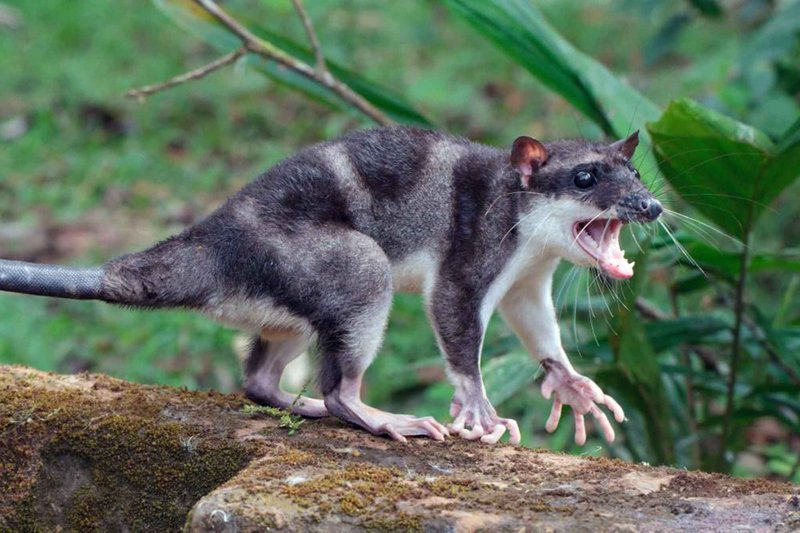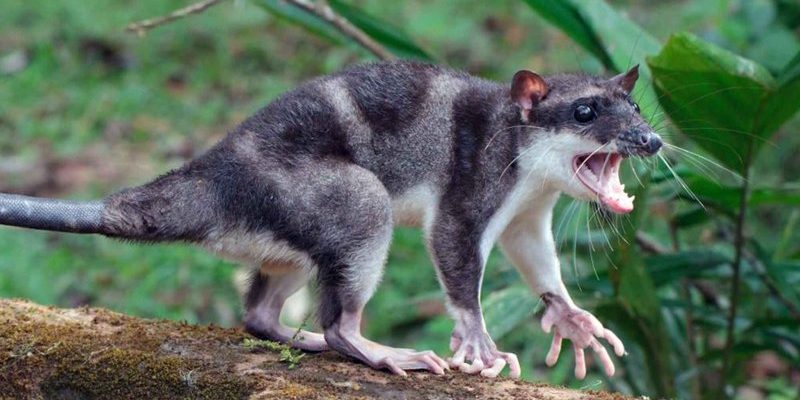
You might be wondering why the yapok’s parenting style matters in the grand scheme of nature. Well, understanding how these creatures care for their offspring can shine a light on their adaptations and the environments they thrive in. From birth to weaning, let’s take a deep dive into the world of yapok parenting.
Yapok Habitat and Lifestyle
Yapoks are mostly found in lush, watery environments, like swamps and riverbanks. They thrive in warm climates, which is no surprise given their affinity for a semi-aquatic lifestyle. These little creatures love to swim, thanks to their webbed toes and streamlined bodies. Living near water provides them with food sources, like insects, fish, and crustaceans. This habitat influences how they raise their young, as the environment is rich in resources.
Honestly, the yapok’s habitat isn’t just about comfort; it’s about survival. The water provides a safe space for the young, away from many land predators. When baby yapoks are born, they’re tiny and vulnerable, making the protection offered by their habitat essential. You could think of it as a hidden nursery, where the surroundings play a vital role in the early stages of the young’s life.
The Unique Birthing Process
Yapoks give birth to live young, but here’s where it gets interesting: the babies are born in a very premature state. They’re about the size of a jellybean! Immediately after birth, they instinctively crawl into their mother’s pouch—a behavior that shows just how important that pouch is. This tiny pocket is not only a safe haven but also a place where the young can nurse and grow.
While tucked inside their mother’s pouch, the babies latch onto a teat and begin to suckle. This process is crucial for their development, as yapok milk is packed with nutrients. The mother’s body adjusts to produce the right amount of milk depending on how many babies are nursing. This adaptability is key for the survival of the young yapoks. As they grow stronger, they’ll eventually venture out of the pouch, but this initial phase is critical.
Growth and Development of Yapoks
After a few weeks in the pouch, the young yapoks start to emerge but aren’t completely independent yet. During this time, they continue to rely on their mother for warmth and protection. It’s like stepping out of a warm blanket on a chilly morning; they’re not ready to face the world alone just yet.
As they start to crawl around outside the pouch, you may notice that they remain close to their mother. This is a time of learning. The mother teaches them important survival skills like swimming and foraging for food. You might think of it as a series of tiny lessons that lay the foundation for their independence.
Mother’s Role in Teaching Survival Skills
The mother yapok plays a vital role in preparing her young for life in the wild. After spending time in the pouch, the little ones gain confidence and begin to explore their watery environment. Watching their mother hunt and swim teaches them how to navigate their surroundings. It’s similar to a parent taking their child fishing; they learn by observing and mimicking.
During this phase, mother yapoks will often take their babies on short foraging trips. This helps the young ones learn where to find food, how to catch it, and, importantly, what to avoid. There’s a lot to understand about being a yapok, and these early lessons are essential for their future.
Social Structure and Family Dynamics
Yapoks are generally solitary animals, but they do form family groups when raising young. The bond between a mother and her young is strong, and you may even see siblings playing together as they grow up. These playful interactions are crucial, serving as practice for behaviors they’ll need later in life.
Interestingly, these little gatherings can also serve as a form of social learning. When siblings interact, they pick up skills and behaviors from one another. This bonding time is not just about fun; it’s a way to ensure that they’re prepared for life on their own. Observing their interactions can teach us a lot about how social dynamics work in the animal kingdom.
Weaning and Independence
As the young yapoks grow, they will gradually start the weaning process. This is typically around the age of two months. They begin to eat solid food while still nursing from their mother. It’s a bit like transitioning from baby purees to real food; it needs to happen at just the right pace.
As independence approaches, the young yapoks will explore further from their mother. This is a critical phase in their development. They must learn to fend for themselves while still having the security of knowing their mother is nearby. It’s an exciting, yet nervous time, similar to a teen getting their first car and heading out for a drive.
Yapoks may not be the most well-known animal, but their parenting methods offer valuable insights into the natural world. From their unique birthing process to their strong family bonds, every aspect of how they raise their young reinforces the importance of nurturing and teaching in the animal kingdom.
Understanding how yapoks raise their young not only deepens our appreciation for these quirky marsupials but also highlights the intricacies of life in the wild. In a way, observing them can remind us of the importance of learning, adapting, and thriving together, much like families do in our own lives. So, the next time you think about parenting—whether it’s in the animal world or the human one—you might just recall the yapok and its fascinating journey through motherhood.

